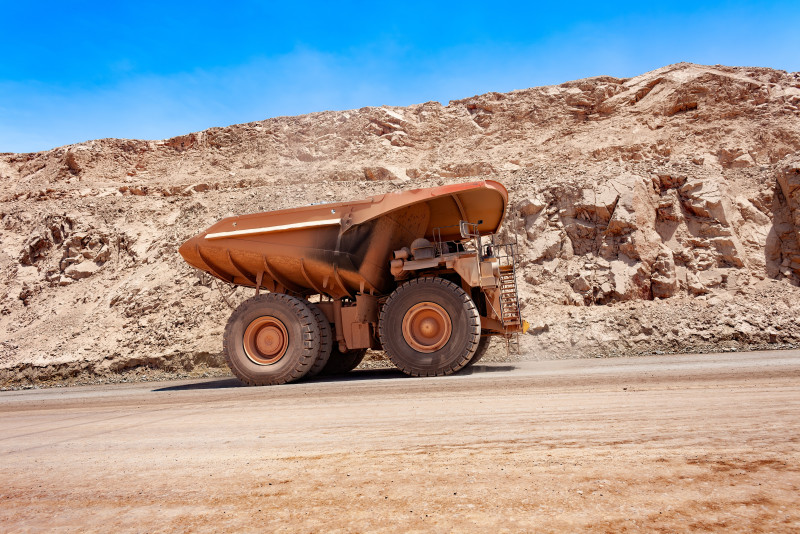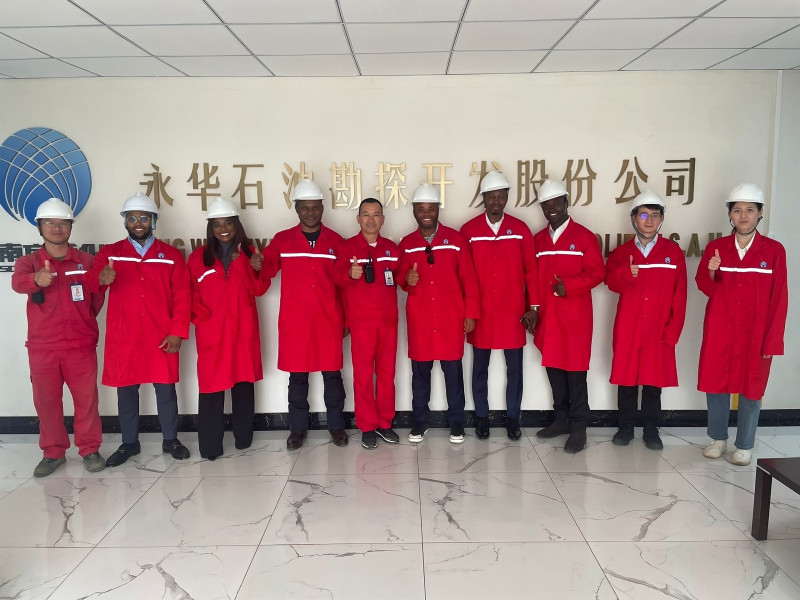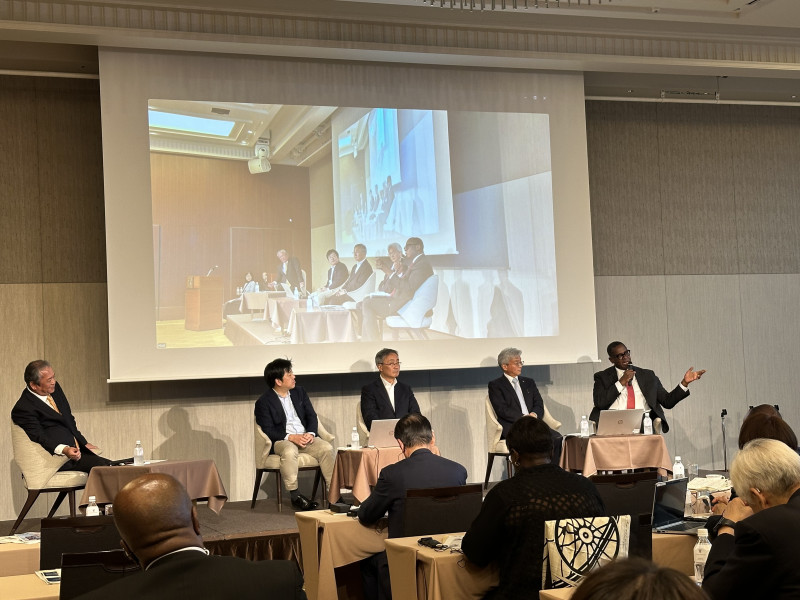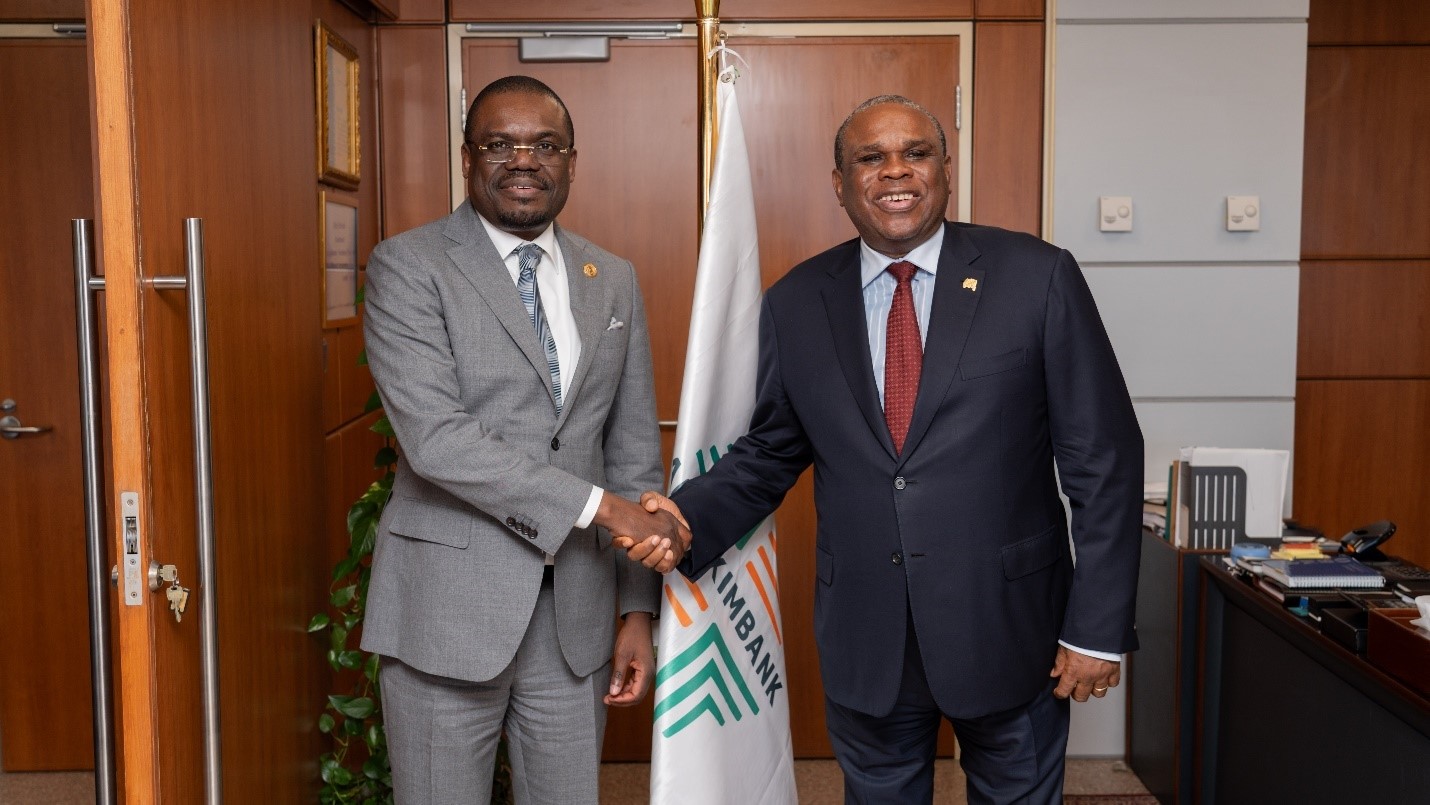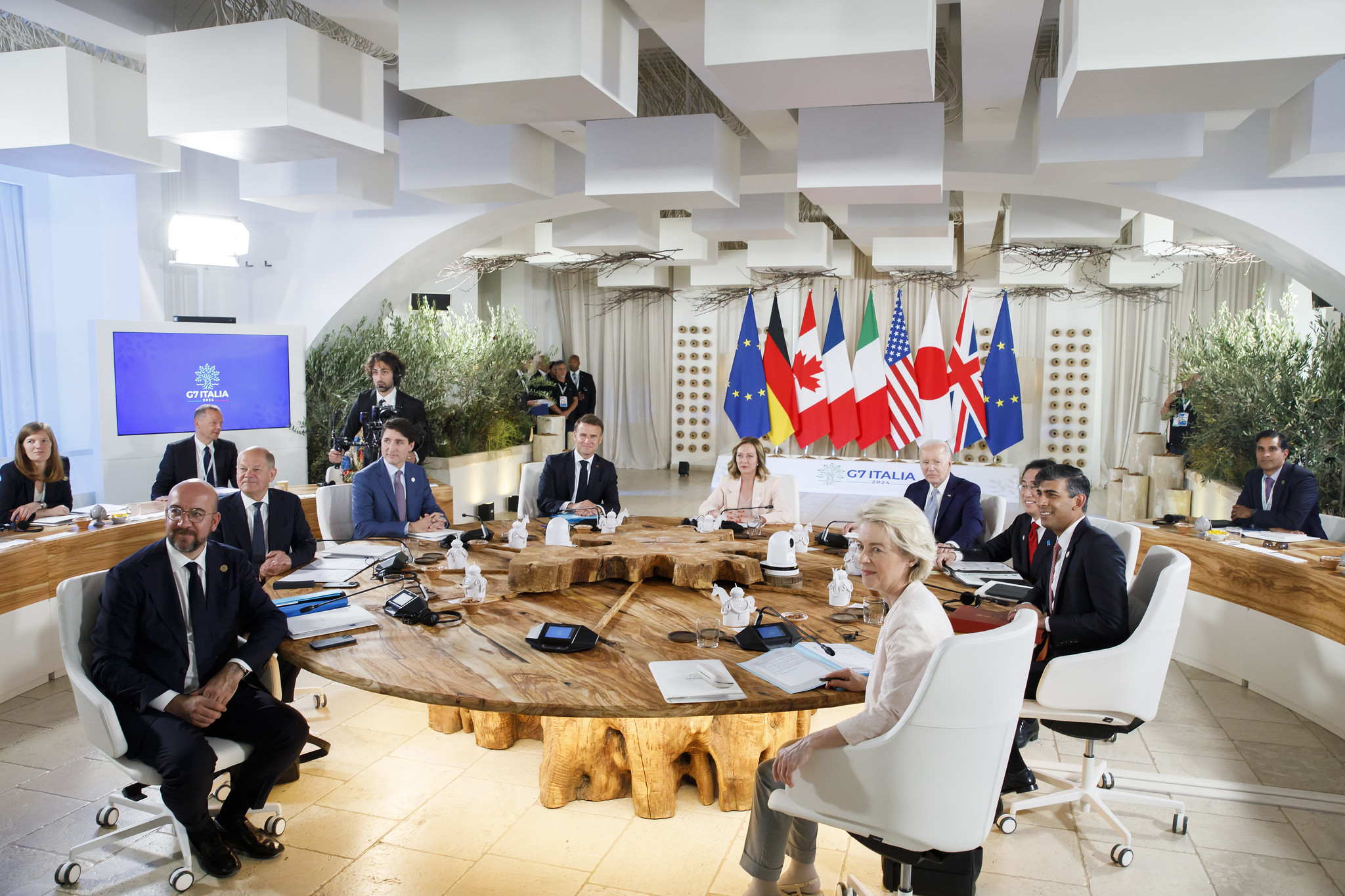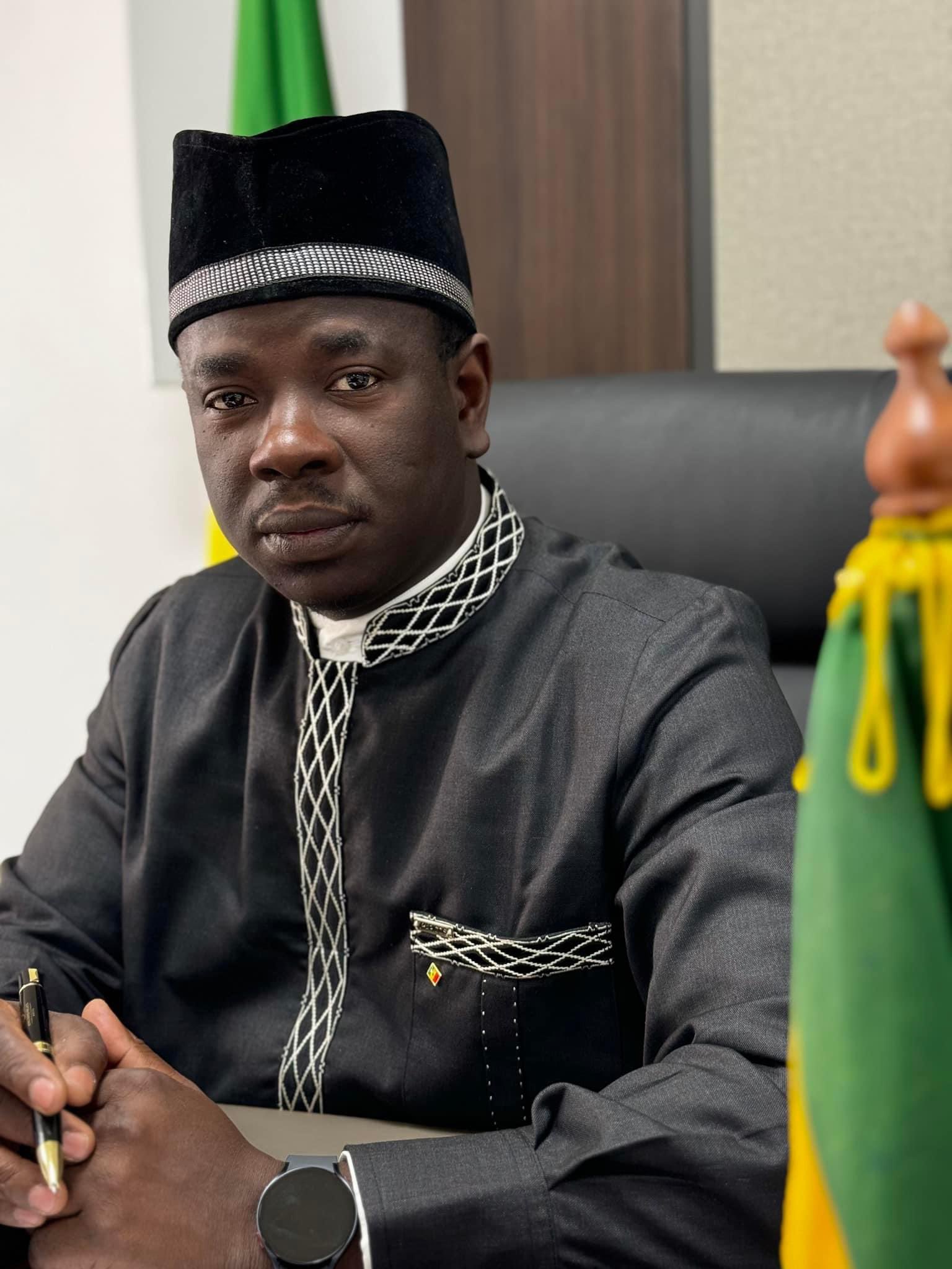KINSHASA, Democratic Republic of the Congo, June 26, 2024/ — Africa Finance Corporation (AFC) (www.AfricaFC.org), the continent’s leading infrastructure solutions provider, is pleased to announce the closing of a US$150 million senior loan with Kamoa Copper to support the expansion of the Kamoa-Kakula Copper Complex in the Democratic Republic of Congo.
The loan by AFC, who acted both as lender and arranger, aligns with the Corporation’s commitment to support the local beneficiation of Africa’s abundant mineral resources to unlock the continent’s economic prosperity.
Kamoa-Kakula is a world-class, high-grade, low carbon-intensive, underground copper deposit situated on the western edge of the prolific Central African Copperbelt. It started production in July 2021 and is currently undergoing its third phase of expansion which consists of a 33% increase in copper production capacity, to over 600,000 tonnes per annum (tpa), and the construction of Africa’s largest copper smelter with a capacity of 500,000 tpa of 99% pure copper anodes.
The expansion also includes restarting 178 megawatts (MW) of renewable hydroelectric generation capacity by refurbishing turbine #5 at the Inga II dam. Phase 3 is expected to be completed by the end of 2024, making Kamoa-Kakula Africa’s largest copper producer, as well as the third largest globally.
Kamoa-Kakula is operated as a joint venture between Ivanhoe Mines, Zijin Mining and the Government of the Democratic Republic of Congo. The operation has consistently demonstrated exceptional operational performance and delivered expansions on-budget and ahead of schedule.
In addition, its sustainable approach makes it a standout example of responsible mining on the African continent. 91% of its full-time employees are Congolese and over $600 million has been paid in taxes and royalties to the DRC since the start of operations.
In 2023, Kamoa-Kakula was directly responsible for 4% of the country’s gross domestic product (GDP) and it is also one of the world’s lowest greenhouse gas emitters per tonne of copper produced, according to independent consultants Skarn Associates of London, England, and WSP Group of Montreal, Canada.
“This is a key milestone in our mission to develop infrastructure ecosystems that help integrate economies and drive economic transformation in Africa,” said Samaila Zubairu, President and CEO of AFC. “Copper is one of the critical minerals for the global energy transition and this mine expansion will not only solidify Africa’s position in the global copper market but contribute to the continent’s path to net zero while creating employment opportunities and generating significant revenue for the DRC.”
AFC’s involvement in the Kamoa-Kakula project highlights the Corporation’s critical role in catalysing infrastructure development that drives industrialisation and enhances the continent’s global competitiveness.
In late 2023, Kamoa-Kakula became the first industrial user of the Lobito Atlantic Railway Corridor, a rail line that stretches from the DRC Copperbelt to the Atlantic port of Lobito, in Angola.
AFC acted as financial adviser to the Trafigura, Mota-Engil and Vecturis consortium, which was granted a 30-year concession for railway services and logistics. The use of the Lobito Atlantic Railway Corridor is expected to significantly reduce the logistics costs and carbon emissions intensity of exporting mineral products from the DRC’s Copperbelt.
Media Enquiries:
Yewande Thorpe
Communications
Africa Finance Corporation
Mobile : +234 1 279 9654
Email : yewande.thorpe@africafc.org
